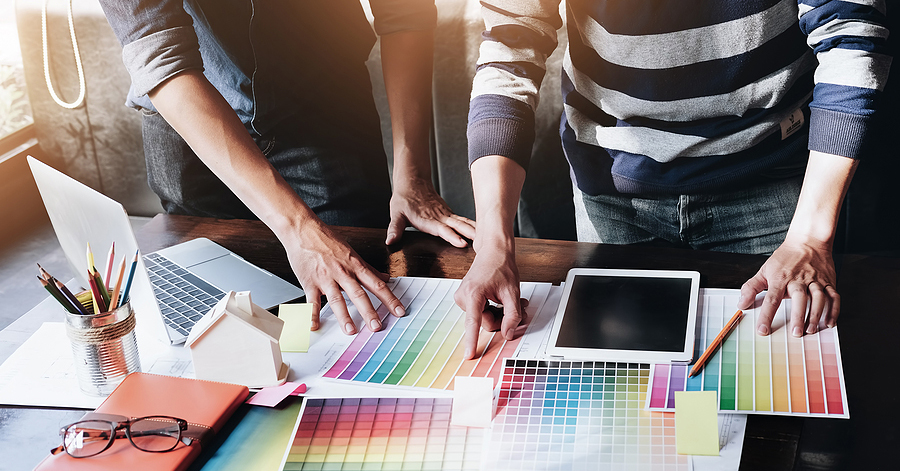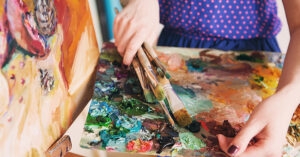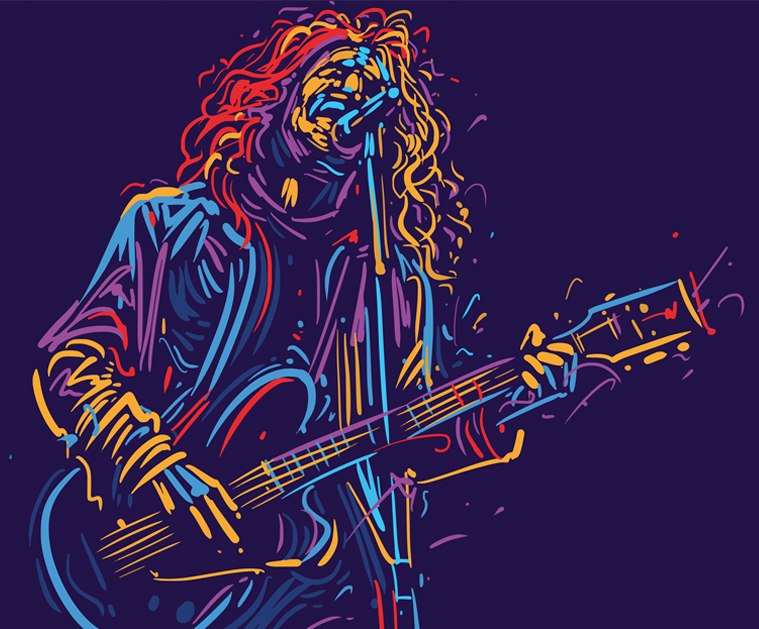When one reflects on the Renaissance, visions of Michelangelo’s Sistine Chapel or Leonardo’s Mona Lisa might arise—artworks that transformed the world’s creative landscape. Similarly, we stand at the brink of another monumental shift, termed the “Digital Renaissance.”
Delving into the digital art evolution provides insights into how art has once again transformed, this time with a tech twist.
A Brief History of Digital Art
Early Beginnings
Digital art may feel like a product of our contemporary era, but its roots go deep. Pioneering efforts in computer graphics emerged in the mid-20th century. Artists and computer scientists, such as Manfred Mohr and Vera Molnár, envisioned a world where machines and art intersected, laying the groundwork for today’s digital art evolution.
The 90s and Beyond
As the internet became more accessible, digital art saw significant advancements. Adobe’s Photoshop opened doors to unprecedented manipulations, while early web art created interactive media experiences, pulling viewers into a novel digital realm.
Modern Digital Art Platforms & Tools
Software Revolution
The Adobe Suite—spanning from Illustrator to After Effects—has irrevocably changed design and illustration. However, with the rise of Procreate and Corel Painter, digital painting emerged as a distinctive discipline, fostering a new generation of artists.
Hardware Innovations
The tactile relationship artists have with their medium underwent a sea change with graphic tablets. And with the iPad’s introduction, touch-screen art became not just feasible but incredibly versatile, bridging the gap between traditional and digital art methods.
Augmented Reality (AR) & Virtual Reality (VR) in Art
The Immersive Experience
Museums and galleries have adopted AR and VR to offer immersive experiences. Locally, East End Arts’ VR gallery experiences by Working Artist Members stand as a testament to how such technologies can elevate the art-viewing experience.
Art Creation in Virtual Worlds
Imagine sculpting not with clay, but in a virtual realm. Platforms like Tilt Brush and Oculus Medium allow artists to create within VR, pushing the boundaries of what’s possible in art.
Digital Art’s Impact on Traditional Art Forms
Photography & Film
The transition from film cameras to digital was revolutionary, ushering in new creative possibilities. Digital manipulation, though a boon, brought along ethical dilemmas about authenticity and representation.
Music & Sound Art
Digital transformation wasn’t exclusive to visual arts. Music too evolved, with digital production tools reshaping its landscape. At East End Arts, the digital music courses reflect this shift, introducing artists to the digital art evolution in sound.
Social Media & Art’s Democratization
Platforms as Galleries
With platforms like Instagram, DeviantArt, and Behance, artists found global audiences without relying on traditional galleries. The power of hashtags amplified their reach, integrating art deeper into our daily digital interactions.
Digital Art Marketplaces
The emergence of NFTs (Non-Fungible Tokens) has further redefined art ownership and sales. On platforms like OpenSea and Foundation, digital art assets trade as tangible commodities, changing the economics of the art world.
Challenges & Criticisms of Digital Art
Authenticity & Originality
As with all innovations, digital art too faces scrutiny. There’s a debate over its tangible value, especially when compared to traditional art. Digital art’s reproducibility also brings up concerns about plagiarism and originality.
Environmental Concerns
Digital art’s environmental footprint, especially with blockchain-based art like NFTs, has come under the scanner. While the digital art evolution promises innovation, sustainability remains a concern that artists and technologists must address.
The Future of Digital Art
Tech Advancements on the Horizon
With the advancements in AI, its role in art creation and curation is intriguing. Furthermore, as AR and VR integrate deeper into our lives, everyday art experiences are set to evolve, bringing art closer than ever to its audience.
Education & Accessibility
Promotion of digital art literacy is crucial. Institutions like East End Arts play a pivotal role, ensuring that artists, irrespective of their backgrounds, can access and contribute to the unfolding digital art narrative.
Conclusion
From the frescoes of the Renaissance to the dynamic pixels of the digital age, art’s essence remains unchanged—it evolves, adapts, and reflects the zeitgeist of its era. As we navigate the nuances of this Digital Renaissance, it’s evident that the realms of art and technology are not just intersecting, but harmoniously merging.
Join Our Art Classes
For those keen on exploring further, East End Arts offers a host of resources and a wide variety of classes and lessons in our Art School.






